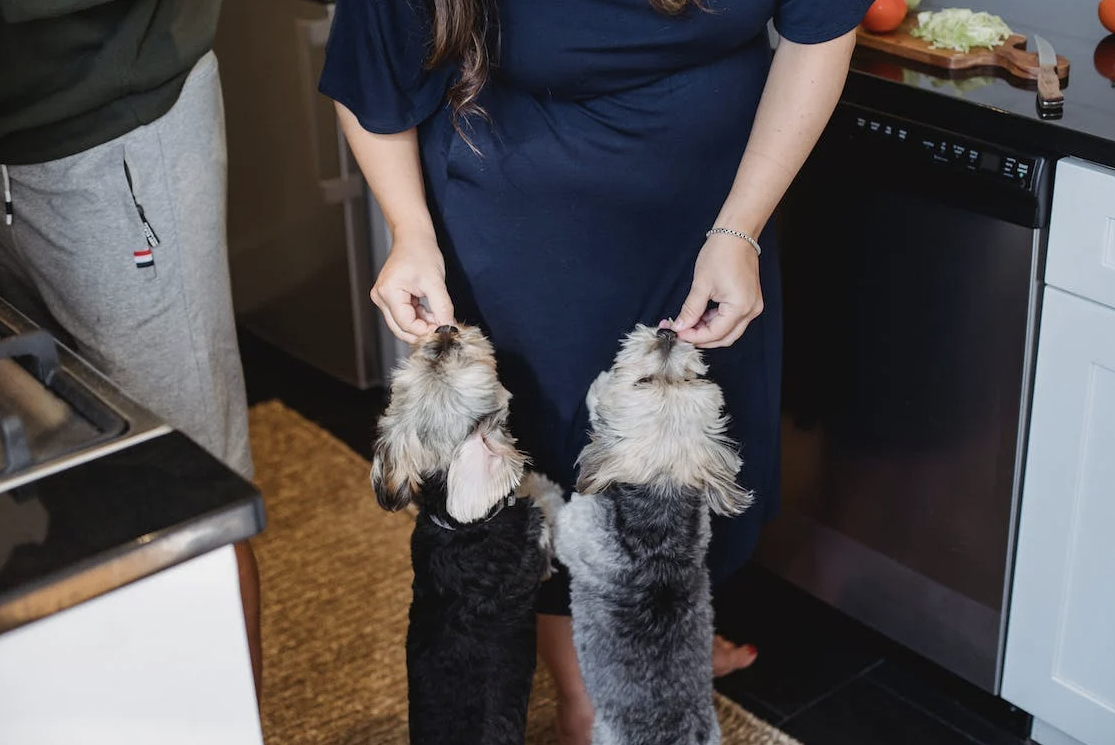Have you recently noticed that your dog is having difficulty moving around and has developed a big belly? In that case, they have probably gained some weight.
WebMD states that your dog will be slightly overweight if you can feel a layer of fat on top of their ribs. If that happens, the canine will be 10% over their ideal weight. Similarly, they will be considered obese if they have 20% extra fat on their back, limbs, and neck.
At least 59% of dogs in America are obese. Breeds like the Old English Mastiff, Labrador Retrievers, Bulldogs, Beagles, etc., are all known to be ‘chonky.’ Unfortunately, they might develop serious health problems without proper management and weight reduction.
In this blog, we will discuss the causes of canine obesity, the health problems associated with it, and more.
What Can Cause Obesity in Dogs?
Sadly, the development of excessive body fat is common among most domesticated dogs in America. Some vets even consider canine obesity to be one of the most common nutritional disorders.
Moreover, the main reasons why your canine friend can gain weight include the following:
Overfeeding: Most dog parents free-feed their canines every time they make puppy eyes.
Underlying health conditions: In some cases, dogs might become obese because of serious health issues like hyperthyroidism and Cushing’s disease.
Not exercising: Without regular exercise, your dog's metabolism will convert the energy produced from food to body fat.
Excessive treats: Even little treats contain high amounts of calories. Therefore, giving it to the dog multiple times a day can lead them to gain weight.
Other risk factors can also increase your furball’s weight. For example, older dogs will put on weight because they are unable to burn fat. Similarly, their breed and genetics will also play a role in how their bodies store extra calories.
6 Signs of Obesity in Canines
How can you determine whether your dog is obese? To do that, you should look out for the following signs in your little furball:
Abdominal sagging and a rounder face
Excessive panting and tiredness
Reluctance to go for walks and runs
Requiring help to perform certain physical activities
No palpable rib cage and an invisible waistline
Lack of self-grooming
An obese dog might want to rest or sleep all the time instead of playing games. You might also notice behavioral changes in their playful nature.
Serious Health Problems Your Dog Can Develop if They’re Obese
An obese dog can have potential health problems like:
Diabetes
High blood pressure
Heart disease
Skin infections
Kidney problems
Arthritis
Back problems
Inflammation
Moreover, if you don’t regulate your furball’s weight, it can eventually put pressure on their organs and lead them to develop these health conditions.
They might also develop endocrine diseases and hormonal imbalances. Studies show that obese dogs live three years less than lean dogs. That means obesity can not only affect your pet’s quality of life but also shorten it.
3 Easy Ways to Create a Weight Loss Plan For Your Canine
You must consult a vet to help you choose a weight loss plan for your little furball. They can properly guide you based on the dog’s weight, age, and breed.
But in the meantime, you can follow these three tips:
#1. Control Their Food Intake
The first step towards controlling feeding habits is to understand the difference between begging and hunger. Dogs beg for food, mainly because they like it. However, you must trust your instincts and avoid getting influenced by their little puppy eyes.
Vets believe that canines should eat only two meals each day at 12-hour intervals. Therefore, you should constantly measure and monitor their food intake.
Keep track of their mealtimes to avoid overfeeding them every time they beg for food. Usually, a high-protein diet with fiber can help manage your canine’s appetite.
To regulate their weight, you should also limit table scraps and treats. If absolutely necessary, feed them a limited amount of low-fat and low-calorie treats.
#2. Give Them the Right Food
Apart from controlling their food intake, it is crucial to get the right kind of food for them. Dogs lose weight only when they are given a good diet.
Therefore, dry dog food with complete and balanced nutrition can help. Hill's metabolic dog food is one such product. The presence of powerful antioxidants and natural flavors makes this a complete meal. Approximately 96% of dogs lost weight within two months after eating this.
It helps your furball lose weight and gain enough energy to live an active life. According to PetCareRx, it contains a vitamin E supplement, corn gluten meal, whole grain wheat, zinc oxide, etc., that offers balanced nutrition. These ingredients can successfully activate the canine’s metabolism and promote good gut health.
Pro tip: You should slowly transition this into your pet’s diet over the next seven days.
#3. Keep Them Active
Like humans, dogs will also need exercise to lose weight. Therefore, you can increase their daily activity levels to help burn any extra calories they have consumed.
Start with regular walks around the house a few times every day. Playing fetch can help your dog exercise and lose weight. If possible, take them on long hikes once a week. You should also let them run around in a safe environment.
Yes, regular physical activity on a strict routine will help them lose weight without any hassle. But remember that the amount of exercise will depend on their breed and age. Do consult a vet before getting them involved in stimulating activities.
In conclusion, you must keep a lookout for certain telltale signs of obesity in your dog. Examples include exhaustion, abdominal sagging, excessive panting, etc. Remember to take them to a vet if you notice these signs.
Usually, canines become obese because of overfeeding, underlying health conditions, and a lack of exercise. If left untreated, they can develop diabetes, high blood pressure, arthritis, etc. That is why you must follow weight loss tips like controlling their food intake, giving them the right ingredients, and keeping them active.












